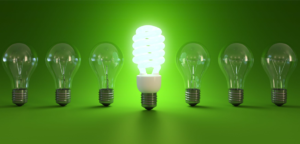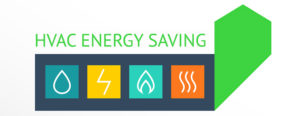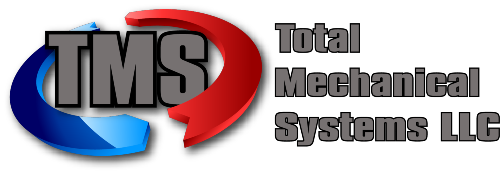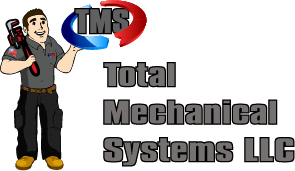What is energy efficiency? In short, it’s the practice of minimizing energy use without enduring a loss in quality. Put another way, something earns the “energy efficient” label if it uses less energy than its traditional competitors, but does as good a job as they do at providing the same service.
To explain this a little better, imagine yourself carrying a big heavy rock. You can lift it and walk it to its destination, but you’ll be pretty tired by the time you get there. Alternatively, you could plop the stone down in a wheelbarrow and glide it there with relative ease.
The end result is the same—the rock is taken to its destination—but the latter method requires less energy… you aren’t exhausted and gasping for air when all is said and done.
Energy efficiency techniques put that same principle to work with your utilities. You get the same quality and consistency as a more traditional item, but it uses less energy.
Should You Prioritize Energy Efficiency?
Many homeowners are hesitant about making the transition into energy efficiency. There’s an undeniable sticker shock that comes with it; the technology going into energy efficient products do come with a steeper initial investment, and that is enough to turn some consumers off at first.
It’s important to remember, though, that energy efficiency does come with big savings down the road. Long term, you end up saving so much in energy costs that you’ll not only break even but see a significant return on your investment over time.
Let’s illuminate this with an example, shall we? In one corner, we have a classic incandescent light bulb. In the other, you have a modern LED light bulb.

They both produce the same amount of light—about 800 lumens — and they’ll both fit in all of the same fixtures and lamps. At face value, the thing that sets them apart is their upfront costs. The LED bulb is going to cost a little more than the incandescent bulb. You’re paying more for the same amount of light as the cheaper, more traditional bulb.
This is where things get interesting, though: that LED bulb only requires 10 watts of electricity to operate, as opposed to the 60 watts required by the incandescent bulb. So right out of the gate, the LED bulb is using less power overall. That means the LED bulb is going to add six times less to your monthly electric bill.
The savings don’t end there, either. The LED bulb is going to last 25 times longer than the incandescent bulb, meaning you won’t need to replace it as often. That initial cost suddenly seems paltry in comparison to how much you’re saving overall, doesn’t it?
According to the Department of Energy, “Energy efficiency is one of the easiest and most cost-effective ways to combat climate change, clean the air we breathe, improve the competitiveness of our businesses and reduce energy costs for consumers.”
___________________________________________________________
How can you be energy efficient when it comes to your HVAC system?

Invest in energy efficient HVAC equipment!
You can get double or triple return on investment if you’re replacing a system that’s at least 10 years old. Newer models have higher SEER ratings, which means more HVAC energy efficiency. Today’s SEER ratings are around 14 to 18, a significant improvement over units built a decade ago. Also, look out for Energy Star rated models, which adhere to strict guidelines.
Be vigilant about maintenance for higher energy efficiency!
Regular maintenance serves to keep your equipment running efficiently to maximize HVAC energy efficiency. Be sure to keep your appointments for seasonal maintenance, at the start and end of heating and cooling seasons at a minimum. You’ll also save money by avoiding lump-sum costs of expensive repairs.
Whether you are in need of a new system or just looking to get your annual maintenance completed, call or text the pros at TMS at (860) 314-1518. We’re here to keep you comfortable while helping you to save energy AND money!!!

Sources:
https://www.homeselfe.com/energy-efficiency-important/
https://aristair.com/blog/top-11-ways-to-get-better-hvac-energy-efficiency/





